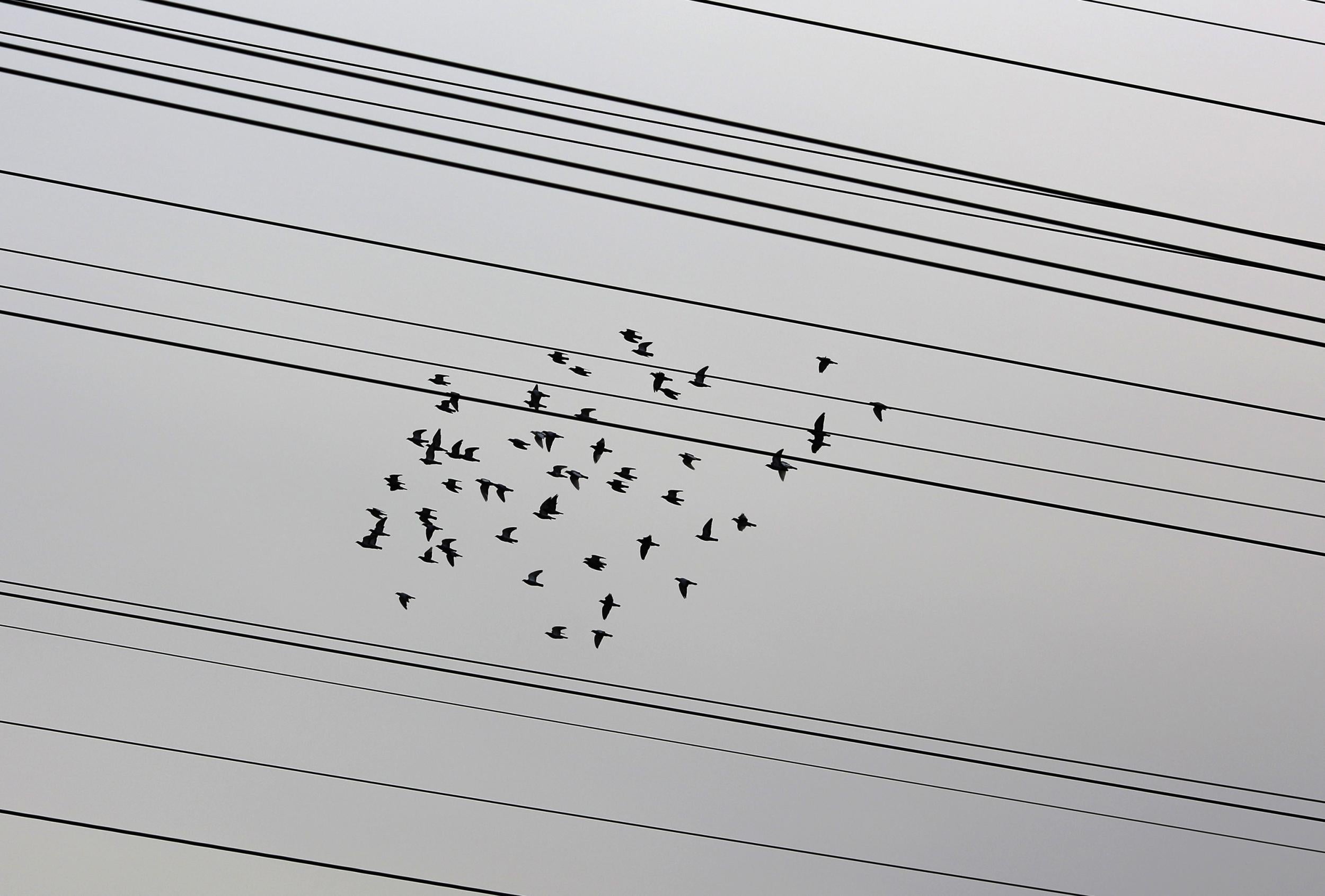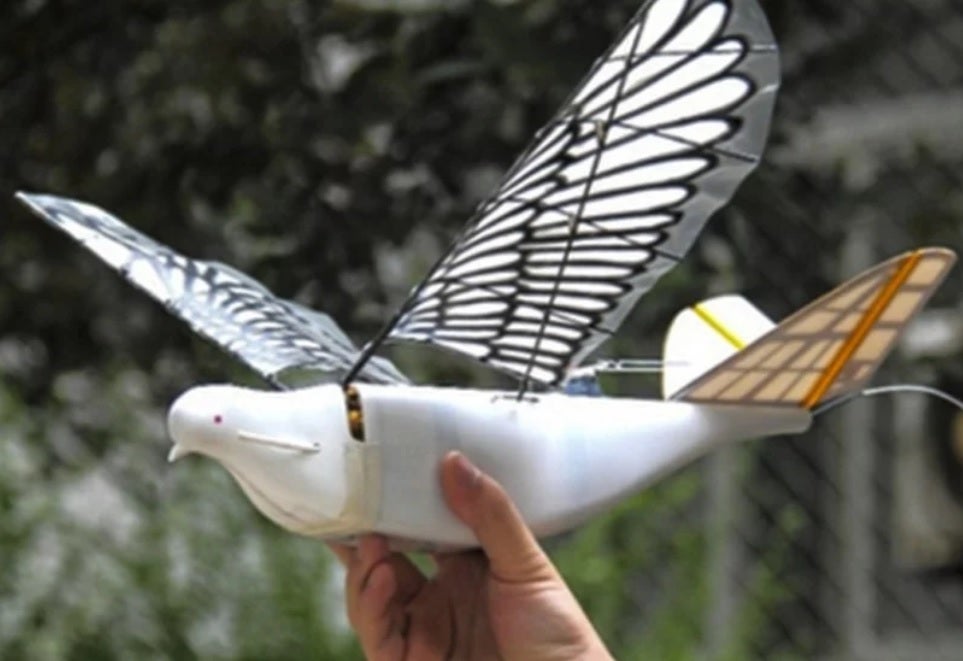China launches 'spy bird' drone to boost government surveillance
Robotic bird surveillance drones have 'potential for large-scale use', according to the developers

Your support helps us to tell the story
From reproductive rights to climate change to Big Tech, The Independent is on the ground when the story is developing. Whether it's investigating the financials of Elon Musk's pro-Trump PAC or producing our latest documentary, 'The A Word', which shines a light on the American women fighting for reproductive rights, we know how important it is to parse out the facts from the messaging.
At such a critical moment in US history, we need reporters on the ground. Your donation allows us to keep sending journalists to speak to both sides of the story.
The Independent is trusted by Americans across the entire political spectrum. And unlike many other quality news outlets, we choose not to lock Americans out of our reporting and analysis with paywalls. We believe quality journalism should be available to everyone, paid for by those who can afford it.
Your support makes all the difference.Flocks of robotic birds are taking to the skies of China equipped with high-tech surveillance technology, according to a report.
The so-called "spy bird" programme, first reported by the South China Morning Post, is already in operation in at least five provinces and provides another tendril in the country's already advanced surveillance network.
The dove-like drones are being developed by researchers at Northwestern Polytechnical University in the Shaanxi province, who have previously worked on stealth fighter jets used by China's airforce.
One of the researchers involved said the roll out of the technology was still in its early stages.
"The scale is still small," said Yang Wenqing, an associate professor at the university's School of Aeronautics who worked on the programme.
"We believe the technology has good potential for large-scale use in the future... it has some unique advantages to meet the demand for drones in the military and civilian sectors."
Each robotic bird is equipped with GPS technology, a high-definition camera and a flight control system that links up with satellites to allow remote control. The drones also make use of a small electric motor to power flapping wings, which livestock on the ground reportedly cannot distinguish from a real bird.

China recently tested a fleet of drone ships, capable of forming a "shark swarm" against enemy vessels.
Drills involving 56 unmanned ships took place in the South China Sea earlier this month in order to demonstrate their ability to work in formation during naval warfare.
"Once equipped with weapons, unmanned small combat vessels can attack the enemy in large numbers, similar to drones," Li Jie, a Chinese naval expert, said at the time.
"A mothership will control the swarm in combat, making them easy to deploy."
Join our commenting forum
Join thought-provoking conversations, follow other Independent readers and see their replies
Comments